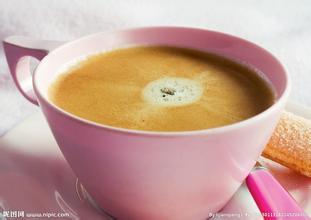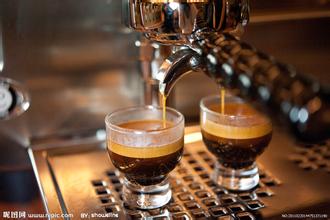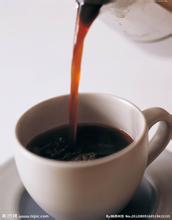Introduction of coffee treatment method introduction of coffee tanning method and washing method
Pulped-natural, also known as honey treatment (Miel Process in Spanish), is said to refer to the process of making raw beans that are sun-dried with mucous membranes.
The honey treatment process is vulnerable to pollution and mildew, so it needs to be closely watched throughout the process, constantly turning, and speeding up drying, so as to avoid bad fermentation flavor. Its advantage is that it can best preserve the original sweet flavor of coffee ripe fruit, making the coffee show elegant black sugar flavor and drupe flavor, while the berry flavor also supports the basic aroma of red wine, which is considered to be a very elegant product. The popularity of honey-treated boutique coffee beans is largely due to its sweet and thick characteristics. in recent years, there are more and more boutique coffee beans called "Miel Process", and they have also become the preferred material for international boutique coffee contestants. Mechanical semi-washing-economical and affordable.
Not all producing areas can use the Brazilian half-sun method. If the producing area with heavy moisture is allowed to take out the pectin pods and expose them outdoors, it is not only not easy to be dehydrated and hard, but also easy to parasitize molds. Therefore, mechanical semi-washing has been developed in areas with heavy humidity, which saves both labor and water.
First of all, the red fruit and half-green and half-red fruit sunk into the sink into the pulp sieving machine to remove the full pectin, and there is no need to take it to the sun, let alone pour it into the sink to ferment, but directly into the nearby pectin scraper (Demucilager) with a small amount of water, which can mechanically scrape off the sticky pectin shavings, take out the smooth pods, and expose them outdoors until the water content is reduced to 12%.
In addition, there are in vivo fermentation methods, such as Kopi Luwak raw beans are fermented and shelled in civets. Other washing methods such as shit coffee, monkey coffee and so on-add fruit and sour elves:
Water washing is the most popular treatment method at present, and it is used in almost all Central and South America except Brazil. The color of the washed beans is blue and green, the appearance of the beans is neat and the pulse is good, and the coffee quality is the highest. Generally speaking, the sour flavor and bright feeling of washed beans are better, and the flavor is clean and free of miscellaneous flavor, which is the most commonly used treatment of fine coffee, but the cost is not small. On average, it takes 2-10 liters of clean water to wash 1 kilogram of coffee fruit, while 1 kilogram of coffee fruit can only take 200 grams of coffee beans. it is difficult for water-deficient areas to bear such a water-consuming method.

Important Notice :
前街咖啡 FrontStreet Coffee has moved to new addredd:
FrontStreet Coffee Address: 315,Donghua East Road,GuangZhou
Tel:020 38364473
- Prev

Introduction to the planting technology of coffee the planting conditions and distribution of coffee
Coffee planting conditions and distribution 1. What is coffee? Coffee (Coffee) is derived from the Latin word Coffea (biological word name) and belongs to a member of the Rubiaceae family. These plants are all woody plants, most of which are distributed in the tropics, with more than 500 classifications and about 6000 varieties. Most of the Coffea plants are tropical 5-6 meters high.
- Next

Introduction to the treatment of coffee beans how many treatment methods are there?
In the process of washing, the peel and pulp of the fruit are treated by a special desizing machine and the coffee beans are peeled off. The coffee beans then enter the fermentation tank for fermentation treatment so that the mucous membrane is no longer sticky. The sugars in the mucous membrane are decomposed during fermentation. Depending on the fermentation method, the fermentation time is usually 12 hours to 6 days (some growers use the watering system to ferment coffee beans.
Related
- What is the meaning of lactic acid fermentation with coffee bean treatment?
- How to judge the state of foam by sound?
- How does the latte pull out the unicorn pattern? Come to get for a little trick to improve the flower pull!
- Will flower pulling affect the taste of the latte?
- Do you know the history of coffee?
- The difference between honey treatment and sun washing what is raisin honey treatment?
- What kind of milk can a novice use to make coffee foam to keep the foam longer? The correct method and skills of milking tutorial sharing
- Why do washed coffee beans taste sour? Flavor characteristics of washed Coffee
- Introduction to the skill of how to practice the size and height of water injection around the circle of hand-brewed coffee
- How do beginners practice coffee flower drawing from scratch?

